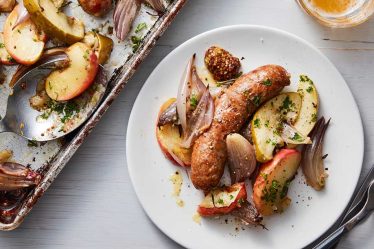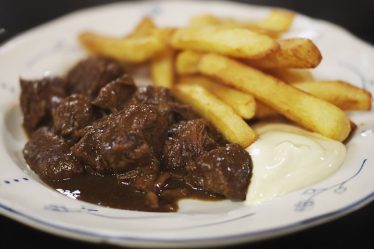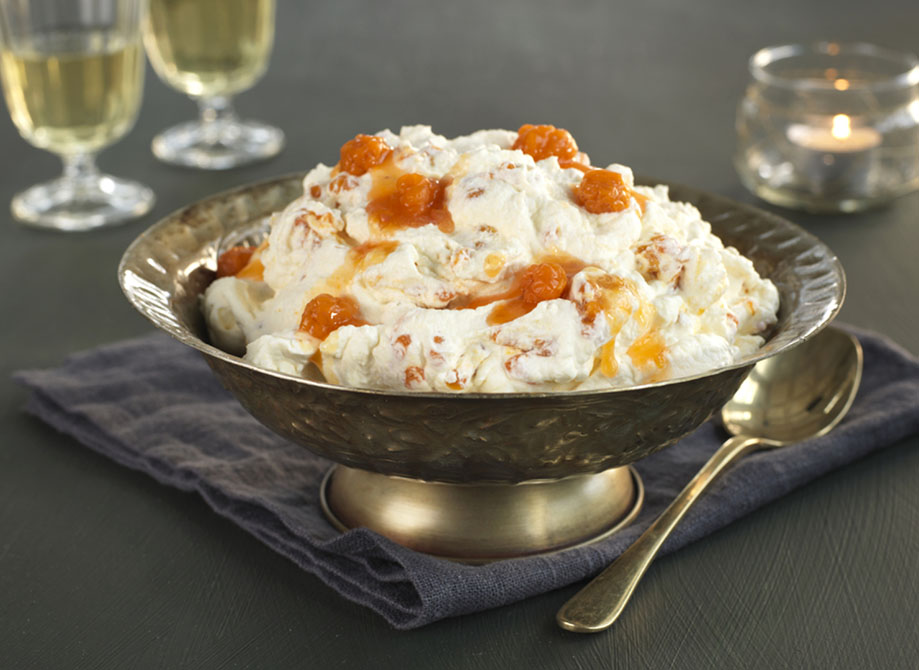
I’ve always believed that food is more than just sustenance—it’s a direct pathway into the soul of a culture. So when I traveled through Norway, I was determined to explore not only its majestic fjords and snow-draped mountains but also the flavors that define this Arctic land. Norway’s culinary identity, shaped by its rugged geography, seafaring legacy, and deep-rooted traditions, is refreshingly unpretentious yet full of rich, nuanced flavors.
From fresh Arctic cod hauled straight from the icy northern waters to hearty reindeer dishes passed down through generations of Sami heritage, each meal revealed a deeper layer of Norway’s story. The use of local, seasonal ingredients—wild berries, smoked fish, root vegetables—felt like a seamless extension of the landscape itself. And then there were the desserts—especially anything made with golden, elusive cloudberries—that added a touch of sweetness to the wild.
Let me take you through my unforgettable culinary adventure across Norway.
🐟 Arctic Cod: Clean, Simple, Sublime
My first culinary stop was the harbor town of Tromsø, nestled above the Arctic Circle. Surrounded by snowy peaks and laced with icy fjords, it’s a place where seafood doesn’t get fresher. One evening, I walked along the quayside and found myself drawn to Fiskekompaniet, a sleek seafood restaurant located right by the waterfront (Killengreens gate 4, Tromsø). I had heard from a local guide that this was the place to savor Arctic cod, and they were absolutely right.
I ordered the skrei, a migratory Arctic cod that’s only available during the winter months. It arrived beautifully plated, lightly poached and served atop a velvety cauliflower purée with brown butter and crispy capers. The fish flaked perfectly at the touch of my fork—firm, delicate, and rich in flavor. It was the kind of dish that didn’t try to overcomplicate things. The cod’s natural quality spoke volumes.
The restaurant had an elegant yet relaxed atmosphere, perfect for enjoying a quiet dinner after a day spent snowshoeing. The average cost per person was around NOK 500–700, depending on your wine pairing. I reserved a table using a local dining app that’s popular in Norway—easy and efficient, especially since the restaurant fills up fast due to its stellar reputation.
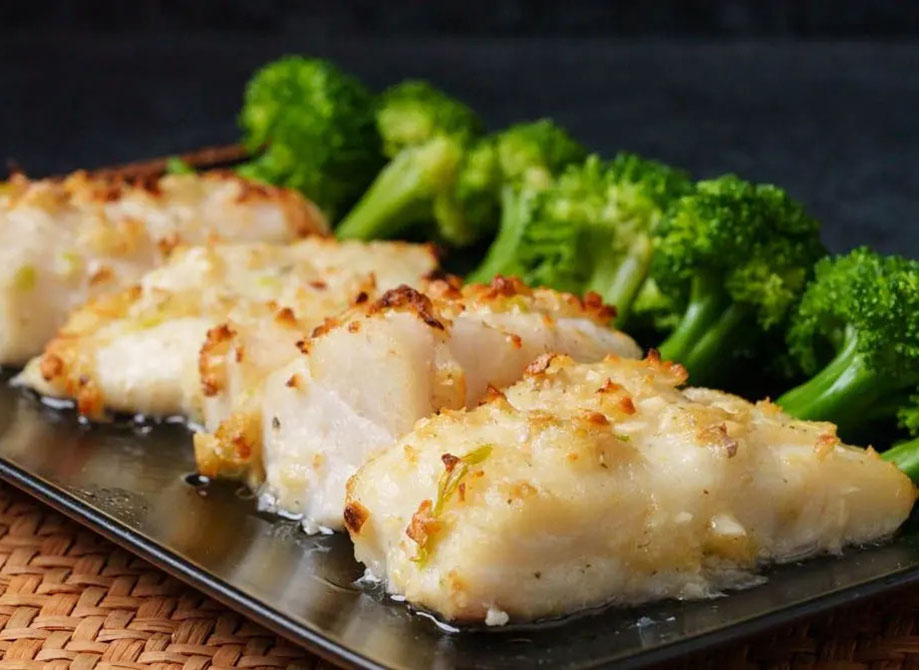
🦌 Reindeer: A Taste of Sami Culture
I wasn’t quite sure what to expect from reindeer meat. I’d read that it was lean, earthy, and traditionally eaten by the indigenous Sami people of northern Norway. To experience it authentically, I ventured to Restaurant Aunegården (Sjøgata 29, Tromsø), a cozy eatery tucked into one of the town’s oldest timber buildings.
The reindeer filet I ordered came seared medium-rare, resting in a dark red wine and juniper berry sauce, accompanied by root vegetables and mashed potatoes. The taste? Gamey, but in a sophisticated, aromatic way. Each bite had a depth I hadn’t anticipated—a little wild, a little foresty, like eating something truly from the land. It was nourishing in a soul-deep way, especially with snow falling softly outside the restaurant’s large windows.
What moved me even more was the history behind the dish. Reindeer herding is a centuries-old Sami tradition, and many of the meats served here are sourced from local herders. Knowing that gave the meal even greater meaning. Prices at Aunegården are moderate, with a meal like mine averaging around NOK 350–550 per person. I made a reservation by calling the restaurant directly—a quick phone call was all it took.
🍓 Cloudberry Desserts: Golden Arctic Jewels
If I had to choose a single flavor to represent Norway’s wild beauty, it would be the cloudberry. These amber-colored berries grow in the country’s northern bogs and tundra, and are notoriously difficult to harvest, making them a rare delicacy.
My first taste came in the form of cloudberry cream at Bryggen Tracteursted in Bergen (Bryggestredet 2, Bryggen area). Tucked into a centuries-old merchant house, the restaurant exudes rustic charm. After a hearty fish soup and rye bread, I ordered their house-made dessert—cloudberries folded into whipped cream, drizzled with a touch of local honey and served with thin almond biscuits.
The flavor was nothing like I had ever experienced. Tart yet sweet, with a floral aftertaste, the berries danced on my tongue. It was the perfect balance after a rich meal—bright, refreshing, and unmistakably Nordic.
I paid around NOK 400 for a two-course lunch including the dessert. Though it’s a popular spot, especially among tourists exploring the UNESCO-listed Bryggen Wharf, I managed to secure a table through a popular Norwegian reservation platform used by many Bergen restaurants.
Later in my journey, I even tried cloudberry jam on waffles, served at a roadside café between Oslo and Geilo. Paired with sour cream, the jam offered a sticky-sweet punch that reminded me of honey and apricots, yet with an arctic edge. I instantly bought a jar to take home.
🐟 More Seafood to Savor
Norway’s seafood bounty doesn’t end with cod. In Ålesund, a picturesque coastal town known for its Art Nouveau architecture, I stumbled upon XL Diner (Skateflukaia, Ålesund), a restaurant famous for its bacalao—a dish made with salted cod, tomatoes, peppers, and potatoes. The recipe was introduced by returning Norwegian sailors from Spain, and it’s now a staple of coastal Norwegian cuisine.
The dish was hearty and rich, perfect for the chilly weather. Slightly spicy, deeply comforting, and full of tender fish pieces. The average price for the meal was around NOK 300–400, and walk-ins were welcome, though I noticed it got busy after 6 p.m.
I also tried grilled king crab in Kirkenes, near the Russian border. Caught from the icy Barents Sea, the crab meat was so sweet and succulent, I barely needed the butter sauce it came with. The restaurant I visited was small and locally run, with only about ten tables, so I’d highly recommend calling ahead if you’re in town.
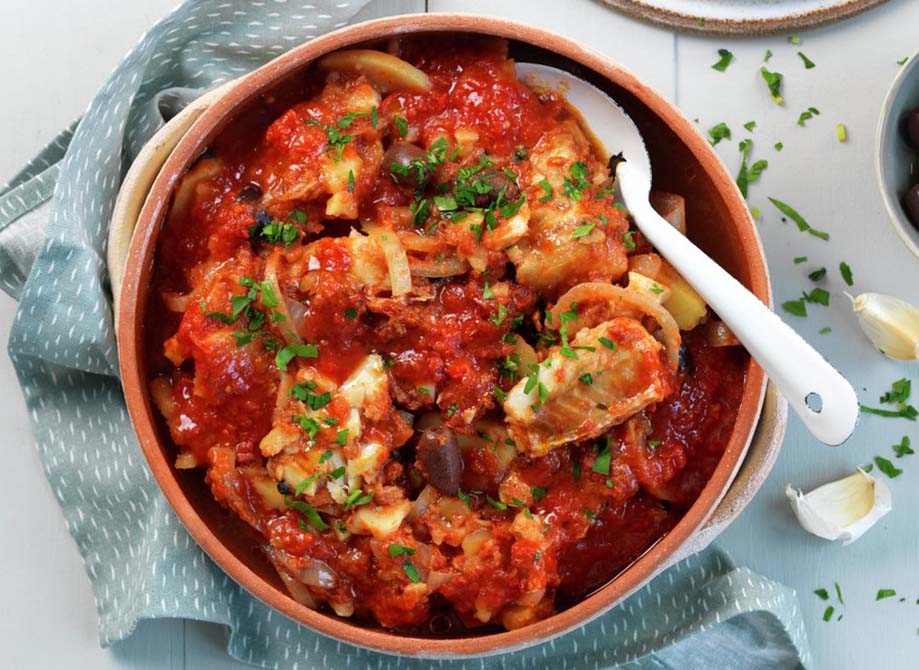
☕ A Few Sips and Surprises
One unexpected pleasure in Norway was the quality of coffee and pastries. I had some of the best cinnamon buns of my life in a tiny café in Oslo’s Grünerløkka district. Paired with a creamy cappuccino, it was the perfect way to warm up and refuel after long walks in the cold.
Even in the more remote towns, the coffee was excellent—Norwegians take their brews seriously, and you’ll often find high-quality hand-poured coffee in the most unassuming spots.
My journey through Norway wasn’t just a visual feast—it was a full-on sensory immersion, with food playing a starring role at every stop. While most people dream of Norway for its majestic fjords, northern lights, and picture-perfect villages, what truly surprised me was how deeply the country’s cuisine mirrored its landscape. In Norway, nature is not just a backdrop; it’s the source of every bite you take.
The icy waters off the coast yield some of the freshest seafood in the world—cod so tender it flakes under your fork, plump king crabs with sweet, delicate meat, and salmon so rich and buttery that it needs little more than a sprinkle of sea salt. Inland, the rugged tundra and vast forests are home to reindeer, moose, and wild berries like cloudberries, lingonberries, and bilberries—all of which find their way onto Norwegian plates in dishes that reflect centuries-old traditions.
What I appreciated most was the authenticity of the food I encountered. There was no need for over-the-top plating or avant-garde presentations. Instead, every meal felt grounded, honest, and thoughtful. Whether it was a bowl of creamy fish soup served in a family-run café or a high-end reindeer filet cooked to perfection with juniper berries and red wine, each dish told a story. The ingredients were few, but each one mattered. You could taste the respect Norwegian chefs have for their land and seasons.
I also noticed a quiet pride in the way locals talk about their food. It’s not loud or boastful, but deeply rooted in identity. They’ll tell you where the reindeer meat was sourced, how the cloudberries were handpicked in the north, or how the cod only migrates into those waters during the coldest months. These aren’t just facts—they’re part of a cultural narrative that values sustainability, seasonality, and a deep connection to place.
If you’re planning a trip to Norway, don’t just look at it as a scenic destination. Look at it as a chance to taste the Arctic. Try that fresh skrei cod when it’s in season. Say yes to the reindeer dish, even if it’s new to your palate—it’s not just food, it’s history on a plate. And when you see cloudberries on a dessert menu, don’t hesitate. They’re golden for a reason.
Norway’s culinary scene is a hidden gem—quiet, unassuming, but unforgettable. It’s the kind of food that stays with you, not just for how it tastes, but for the story it tells and the landscape it reflects. I left with a heart full of memories and a palate forever changed. The true taste of the north is wild, pure, and deeply soulful—and once you’ve experienced it, you’ll always crave more.
